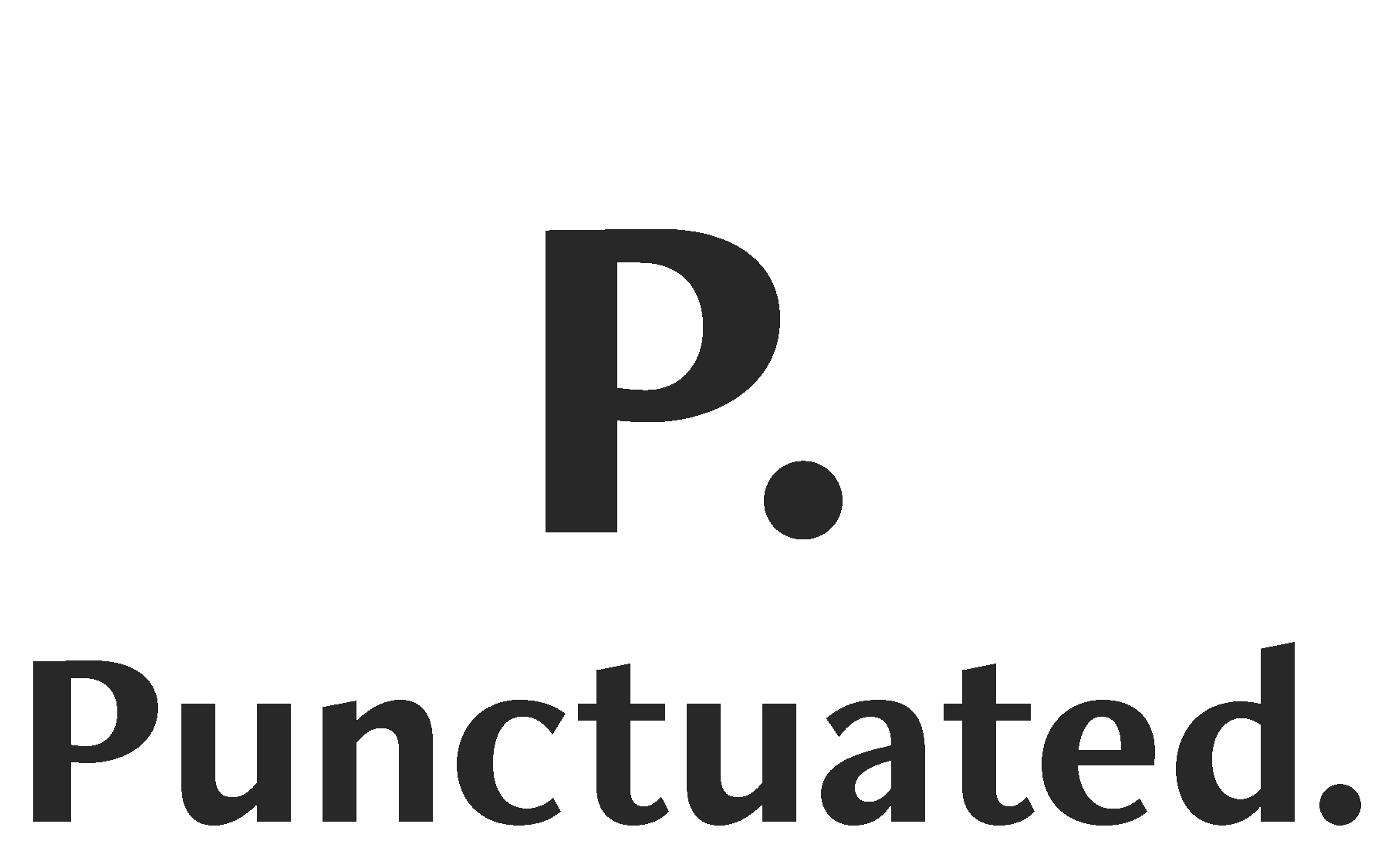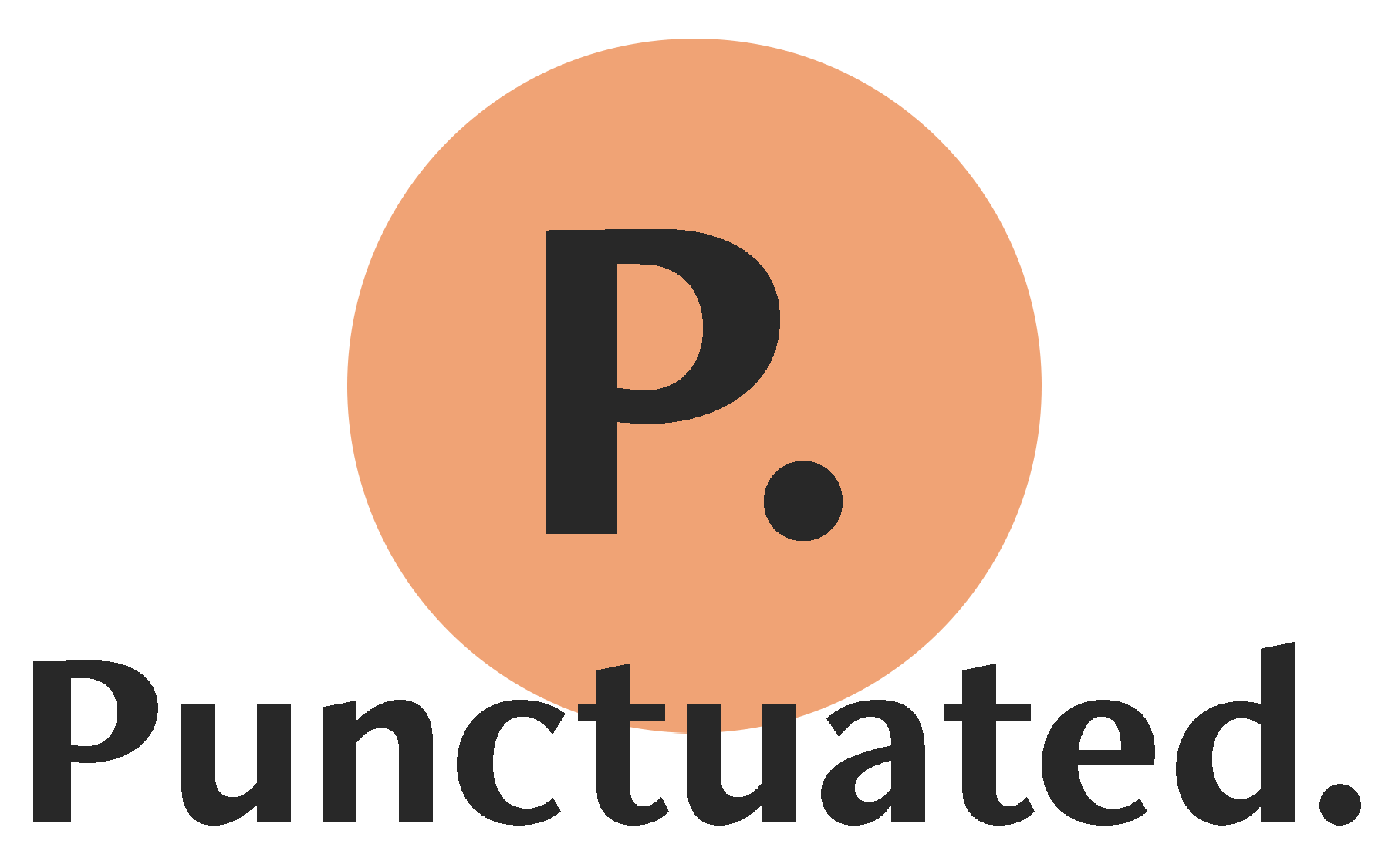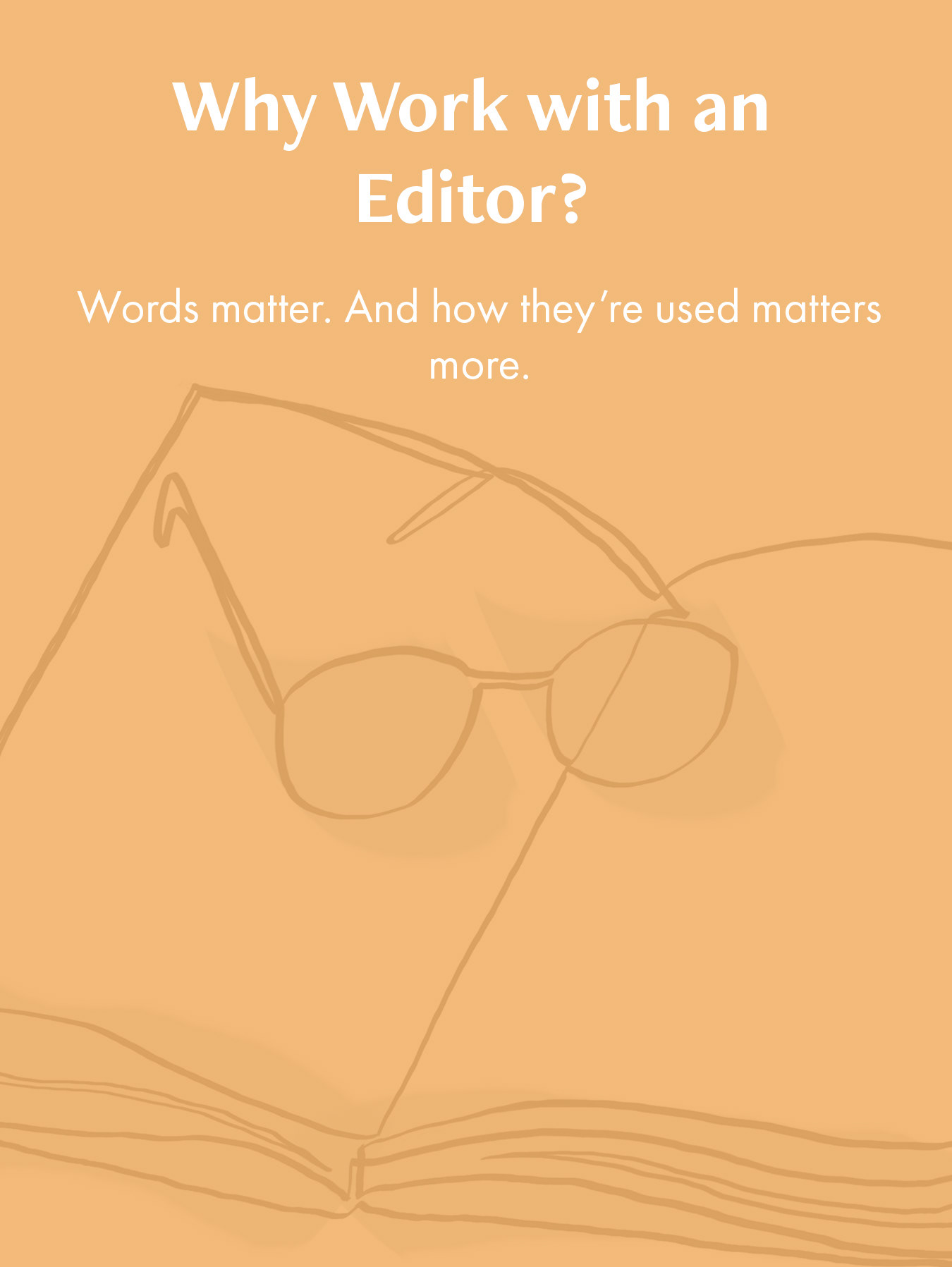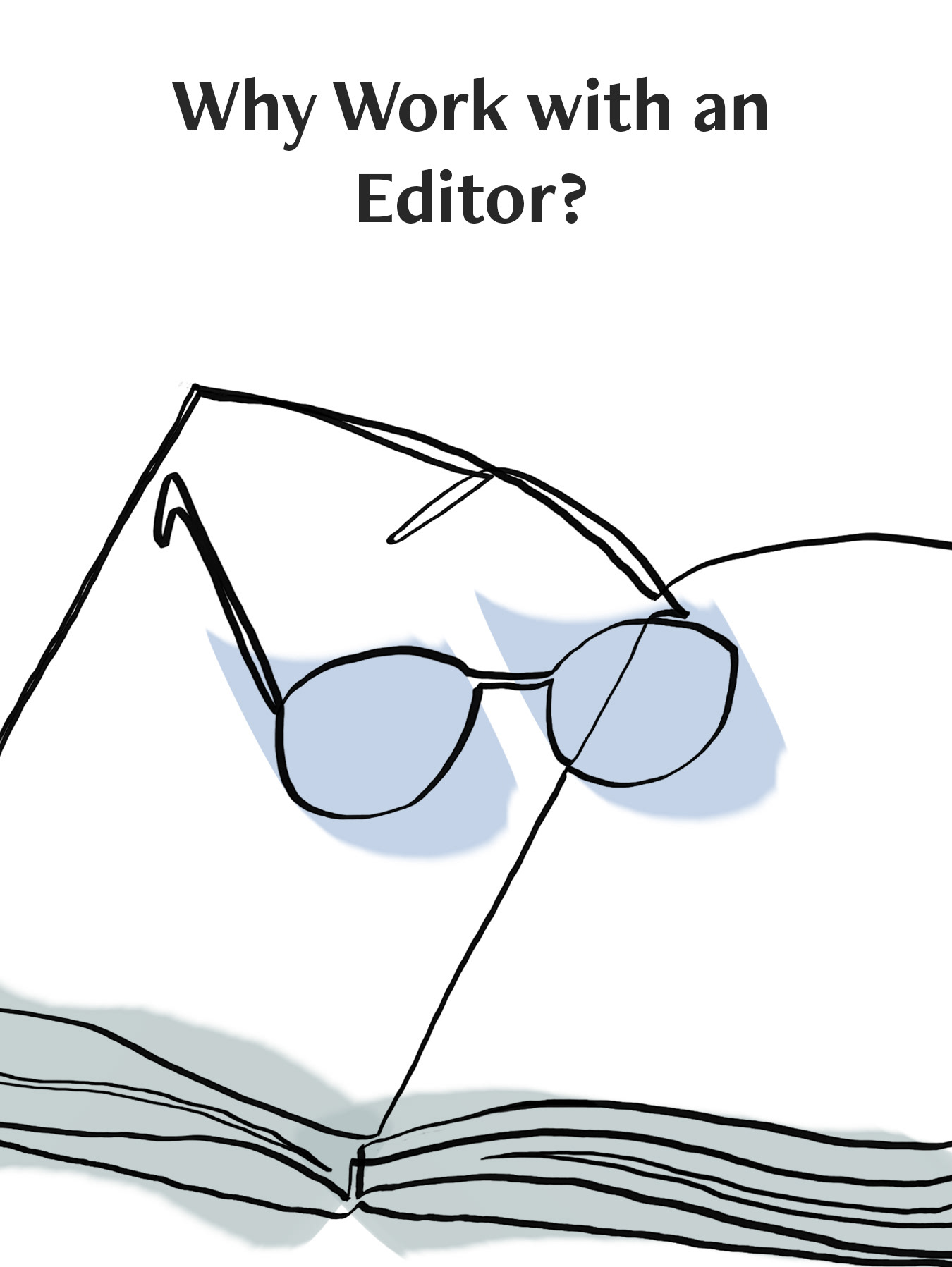When looking for an editor, it might not always be clear what the difference is between various types of editing. Sometimes, terms are confused and used interchangeably. To muddle matters, focuses overlap, and some editors perform multiple services, making it less clear where the lines are drawn.
Here, we'll take a quick look at the differences from the close-up of a proofread to the wide-angle of developmental work.
What exactly is proofreading?
The word “proof” in this context comes from the days of printing presses. A proof was a test copy to be examined and corrected before final printing.
Today, proofreading is still the final step before publication. The text is reviewed for mistakes in mechanics such as spelling, punctuation, and incorrect word use. Additionally, elements like the table of contents, titles, page numbering, and captions on images are checked across the piece.
A proofreader’s job isn’t to be a “rules lawyer”. Punctuation provides clarity to writing, but some choices are a matter of preference. Besides, not all content needs to follow the strictest rules for proper English. The most important goals are readability and consistency. As long as the work is understandable and the choices are consistent, some items can be left to personal style.
Proofreading vs. Copy Editing
A “copy” is more or less what it sounds like, a copy of a piece of writing. It can refer to a draft or the finished piece.
The terms “proofreading” and “copy editing” are sometimes used interchangeably. However, while there is overlap between the two, they are not equal.
Copy editing often includes proofreading, but it goes a step further. Where the proofreader is tasked with mechanical errors, the copy editor is also concerned with language (that is, grammar and word usage).
Language is subjective. Preferences might change across regions and disciplines, and it’s the copy editor’s job to uphold the desired style. For example, “copy edit” and “copyedit” are both correct spellings. However, certain style guides prefer one or the other. I prefer the open form because I find it easier to read. So, when editing my website, I check for consistency in this spelling across each page.
A copy editor also asks whether sentences are cohesive and understandable. They may suggest corrections for confusing flow and wording, or note when the text isn’t aligned with the goal of the piece.
A copy editor is not someone who changes the author’s voice or message. Their mission is to enhance those features by flagging errors and suggesting ways to make the writing clear on a sentence and paragraph level.
Because copy editing takes a wider focus—and because editors are human—it’s possible to miss some mechanical errors. That’s why a final proofread is helpful, especially if the work must be flawless.
Copy Editing vs. Line Editing
Taking a step back through revision phases, we reach line editing. Again, there is overlap. A line edit also focuses on the text sentence-by-sentence and paragraph-by-paragraph, addressing issues with flow, word choice, and consistency. However, its concern isn’t the minutiae of punctuation, spelling, or cross-reference checking.
Emphasis is put on the artistic craft of writing. The editor pays careful attention to the author’s voice, enhancing language and intention. They consider how word choice, syntax, and rhythm are serving the piece. Is a particular word right for the mood, or is a passage clunky? Is a phrase extraneous, cliché, or does it serve the writer’s goal?
If a line edit is done, it should always come before copy editing and proofreading.
Developmental Editing vs. Everything
Developmental, substantive, and content editing often refer to similar processes. Each takes an even further step back to focus on the structure and meaning of the piece as a whole.
Where line and copy editing both focus on sentences and paragraphs, developmental editing looks at the narrative’s plot, pacing, characters, and more. It may result in rearranging large sections and cutting parts that don’t serve the work.
This type of editing should come earliest in the writing process and avoid focusing on mechanics, grammar, and even the art of line editing. Because pieces will be added, rewritten, or removed, worrying about punctuation and sentence structure is unnecessary. Space must be left for the author to develop their voice as the work takes shape.
In the end . . .
Not all writing needs to go through the same kinds of refinements. A 1000-word blog article about a new design trend, for example, would benefit from SEO and proofreading, but might not need as in-depth of a copy edit as a New York Times article. On the other hand, a 100,000-word manuscript could benefit from developmental editing, line editing, copy editing, and proofreading.
Whatever the content and whoever the audience, well-written, error-free writing lends validity to its author.
For even more on the types of editing and how to look for editors, check out “The Comprehensive Guide to Finding, Hiring, and Working with an Editor” by Chantel Hamilton.





